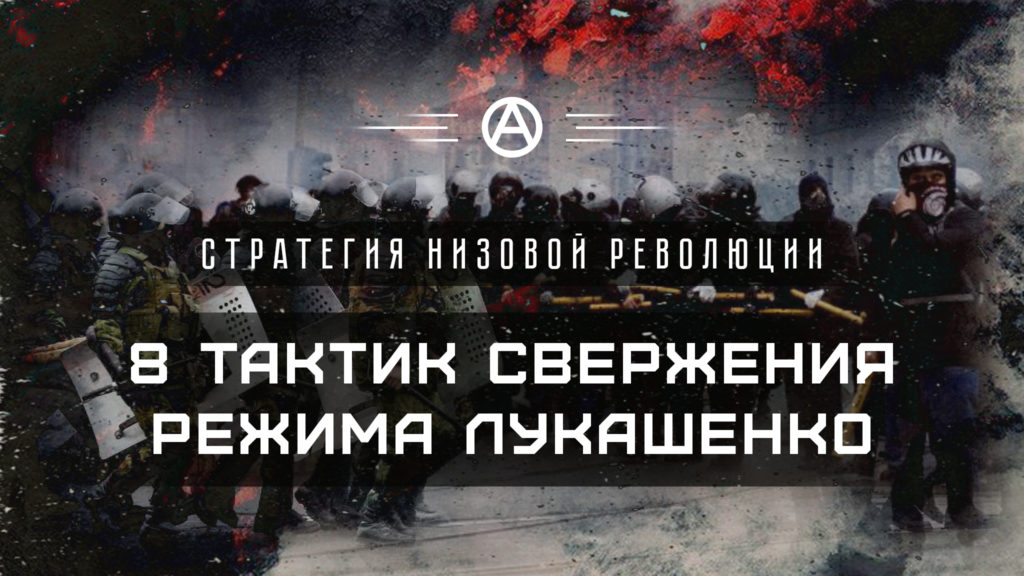
There is an upswing in protests in Belarus. The main reason is Lukashenko and 25 years of his rule. It is now obvious that discontent has become widespread, and it excellently demonstrates queues on the picket and chains of solidarity throughout the country.
At the same time, few believe in the elections themselves as a way to overthrow the dictator, the “protest” candidates confirm this too. But unfortunately, many opponents of the current regime think that scenario of “Ploshcha” (one-off multi-thousand rally in Minsk) is the strategy, which will allow ending the Lukashenko’s regime. In their view, it needs to set the stage for collecting a necessary number of people at the specific date.
It is usually said about 100 thousands of protesters in the center of Minsk. Why it was this number but not another – it is unclear. But the practice has shown that even if two hundred thousand people gathered on the square, this protest would be defeated. Next, let’s see why and we’ll offer concrete alternatives.
Why “Ploshcha” doesn’t work?
What is “Ploshcha”? This is a one-time mass protest in the center of Minsk (most often at October Square). In 2006 it escalated into the analog of Maidan with the tent city, which was cleared in a few days by OMON forces. How come Belarusian Ploshcha didn’t win as the Maidan in 2014 and why is the analog of the Revolution of Dignity impossible in Belarus? In short, there are two reasons:
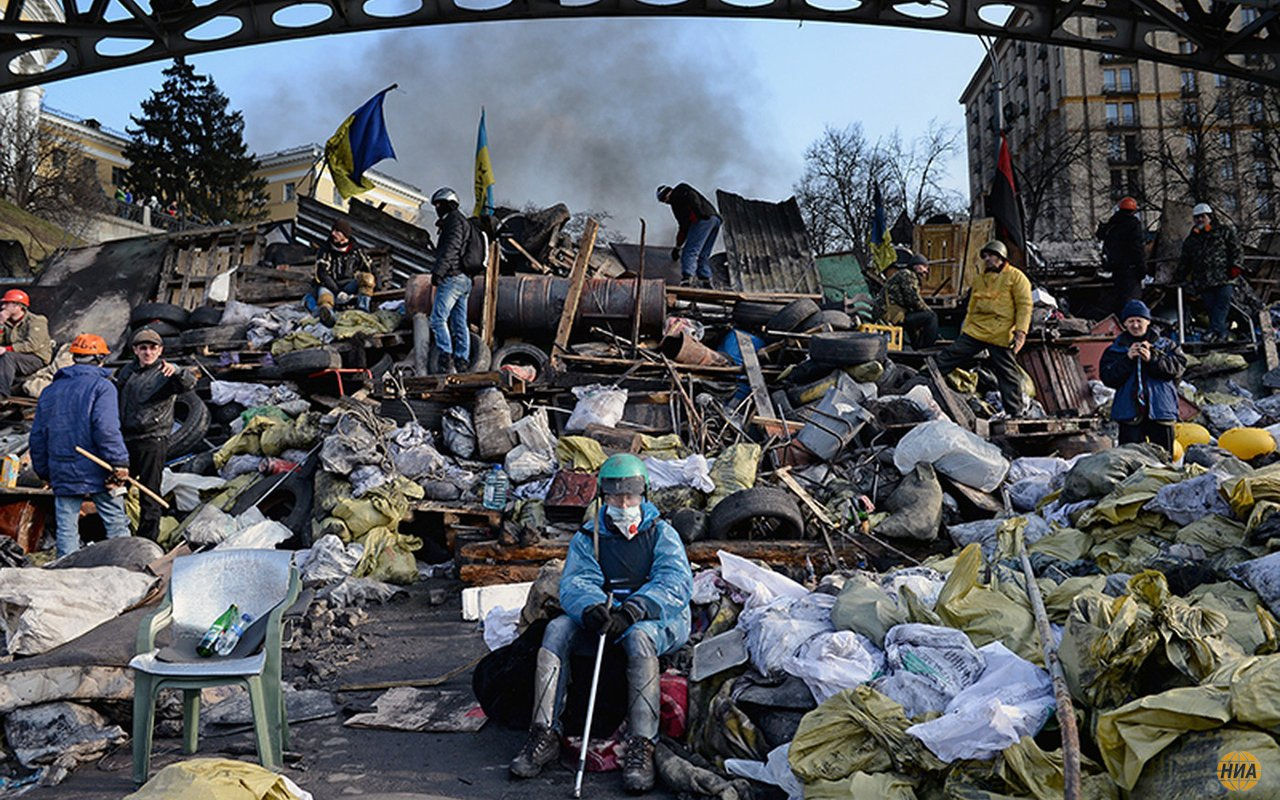
1) Ukraine has never had such powerful central state apparatus as Belarus.
There was a large number of opposition groups, which, besides, had support from a large financial elite in 2013 in Ukraine. Оrganizing camp, like the Maidan, ensuring its sustainability, especially in winter – is a task that requires enormous resources, including human ones.
Belarusian opposition after the 1990s has never had those resources. And will not have. Anyway, while Lukashenko’s alive. Besides, the lack of strong state apparatus, including trained MoHA, Secret Service, and internal troops, impacted on Yanukovych’s determination to order to suppress Maidan by force. And although eventually this decision was taken combined with attempts to turn Ukraine into a regular Eastern European dictatorship, Maidan wаs not dispersed.
2) Failed to do so because Ukrainians have quite a big number of registered long barreled weapons per capita.
In general, Ukraine has much developed armory culture, and the presence of grassroots corruption allowed getting a gun permit without major procrastination. Exactly the small-arms return fire was the reason why Maidan wasn`t suppressed.
Belarus has much less such weapons.
And besides, security forces constantly carry out operations for the identification and surrender of unregistered weapons. And even fewer gun owners will decide to use weapons ever against internal affairs officers.
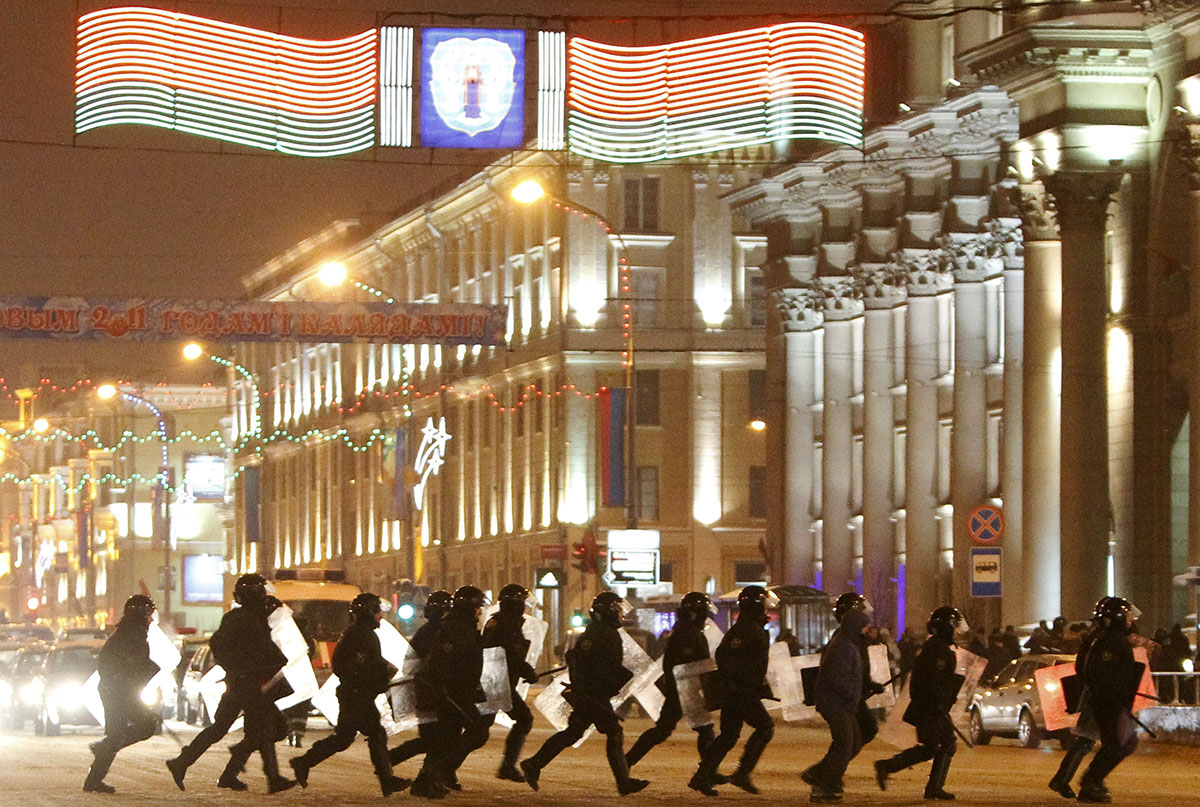
4 years after the Ploshcha-2006 there was the most mass protest in history of Belarus (after the ’90s) – according to various estimates, there were to 30 thousand people in front of the Government House in Minsk. At that time, the attempt was undertaken to force their way into the Government House by a radical group, apparently, in order to take it.
This plan was not a secret for the authorities, because of the low culture of security and a large number of secret agents in its ranks. MoHA and forces had been prepared and had planned scenarios of dispersal in detainer in advance. They violently disrupted the Ploshcha then, finished off people when they were down with batons, including women and old people. About thousand people were sent to the Minsk’s and Zhodzina’s isolations that night.
Contrary to a common misconception of many opposition-minded people, breaking the windows in the Government House wasn`t a provocation and KGB agents didn`t break it. Ordinary protesters and quite well known experienced opposition activists broke them.
Yes, security forces didn`t suppress this, and it’s not out of the question that there were undercover security forces among protesters. But that doesn’t mean that any act of assault is a provocation. So apparently, it’s easier to accept conspiracies about KGB agent, than the fact that the dispersal of Lukashenko`s mass protest doesn’t need rank radicals and provocations.
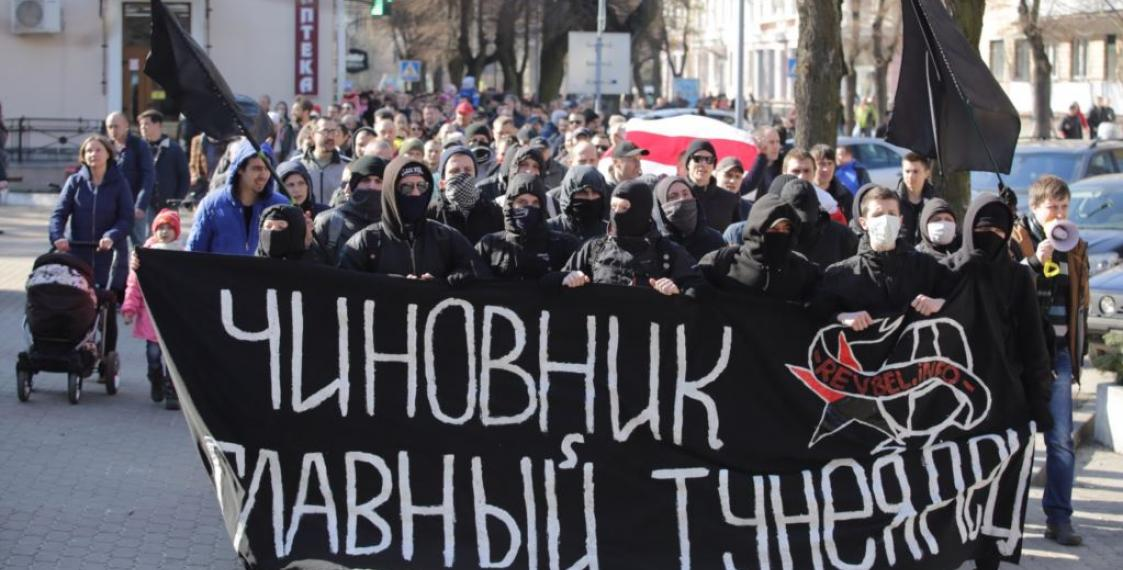
Lukashenko will prove that again in 7 years. The protest of Belarus’ ‘social parasites’ was the culmination of the 25th March 2017. Opposition politicians, like Statkevich, called protesters on Ploshcha again – at a predetermined time, at a well known location. Eventually, 3%’s propaganda machine was able to intimidate the whole country. And all activists, who were ever spotted as political, were preventively locked in a holding cell for 24 hours. One apartment with anarchists was taken repeatedly during the night of 25 March by SOBR. Nobody didn’t use any violence then, didn`t break and beat anything. Moreover, having learned a valuable lesson from 2010, security forces kept people from gathering in a big crowd. Apparently, that they come prepared even more tightly to election day.
Essentially, we see this preparation now. Lukashenko didn’t wait till things get out of hand and decide to work proactively, trying to intimidate all who oppose him.You can see it from permutations in the government – security agent and Sheiman`s «power broker» has become prime minister now. The main asset to Tsikhanouski’s team and he himself faced violent repression. Same thing with participants in the protests. It’s month and a half until the election yet. At this time, сriminal proceedings are being initiated, including against main Lukashenko rival – Viktar Babaryka. So dictatorship has sufficient resources, time, and most importantly – experience to prepare and suppress protests according to known to them scenario. Maybe, one can do that even the protest on 9 August will not be possible.
Well, then what works?
And although Belarusians failed to topple the dictator, and all previous Ploshchas were dispersed, we have an example of successful tactics, which were used in our country and showed its effectiveness in Belarussian realities.
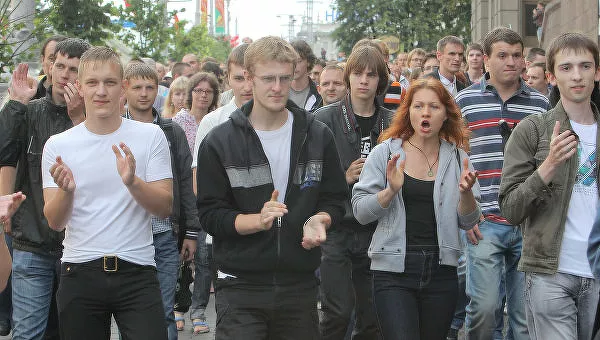
The first of which occurred in 2011. Back then economic decline and standard of living led many people into the streets. Neither arrests of all main opposition politicians nor even the preparation of a terrorist attack in Minsk metro by security services couldn’t down the protest. People were not shouting the slogans, didn’t hold flags and banners to avoid the involvement of administrative responsibility then. They just were clapping. They gave themselves and each other claps for bravery. These actions were coordinated in social media (Revolution Through Social Networks) and extended to the regions of the country. The lack of strong leadership and action permanence (such outlets had been taking place every week for 2 months) confounded the Lukashenko’s administration. As a result, after a while, the cops couldn’t find something better than just detain everybody and beat them. About 1,800 people were detained during the campaign.
Of course, over time, dictatorship adjusted to the format of this action too: they stopped arresting activists and journalists, started to hold all types of protesters, muster stations were locked down in advance, Ministry of Internal Affairsforces in plain clothes was here. Because the action goal seemed elusive, they hadn’t had a clear plan and reenacted the same defeatist model without progress(show up at the action – be arrested for 24-hour), they faded over time. The fact that organizers not fully understood what they want from this campaign also played a role.
The second example of quite successful protests – is the protest of Belarus’ ‘social parasites’. Their distribution in the regions also had caused turbulence in the nomenclature. Decree No. 3 served as a spark from which the flame spread instantly. Then the security forces by the order of Lukashenko adapted to the situation by detaining activists, bloggers, and journalists. Everyone, except for the “simple” protesters. Thus, the active organizational core was neutralized, but at the same time, MoHA tried not to stimulate people to have hatred for the regime and released people who were not seen as political activists. But, unfortunately for the regime, it was not enough – people came out to the protest on March 25 anyway. And “Lukashenko’s dogs” were ready for this. By the way, these actions very quickly changed the agenda from social (no Decree #3) to political (Lukashenko – go away!), which made it possible to significantly expand the protest base of participants.
The third example is perhaps the most successful because it’s been still ongoing. These protests are against the construction of the battery plant in Brest. These actions were not tied to specific people. Although there is some sort of core of activists there, there are no 5-10 people who can be imprisoned and everything will stop. The activists used a variety of tactics, perhaps even all available: from joint feeding of pigeons and marches around the city to recourse to the court, and guard near the plant. The anarchists of Brest also joined the protests with their illegal methods. As a result, the construction of the plant, although not canceled, but has been suspended, and the campaign itself has been going on for 2 years and actually served as a base for protests in Brest against Lukashenko this year.
One of the important success factors of these protests is seen as the fact that the citizens had an understandable, clear goal and, most importantly, having clear criteria of feasibility one. Not a demand for abstract “fair elections”, but specifically the abolition of construction. Everything else doesn’t suit the protesters.
Analyzing the successful and failed protest actions in Belarus, we can develop tactics that will form our strategy to overthrow the Lukashenko regime.
Tactic number 1. Indefinite protest
It is obvious from Ploshcha experience that we cannot count on an hour X after which victory will come. For such a moment, the security forces will prepare, pull together all the forces, neutralize the main threat, and at the key moment, they will be as cruel as possible.
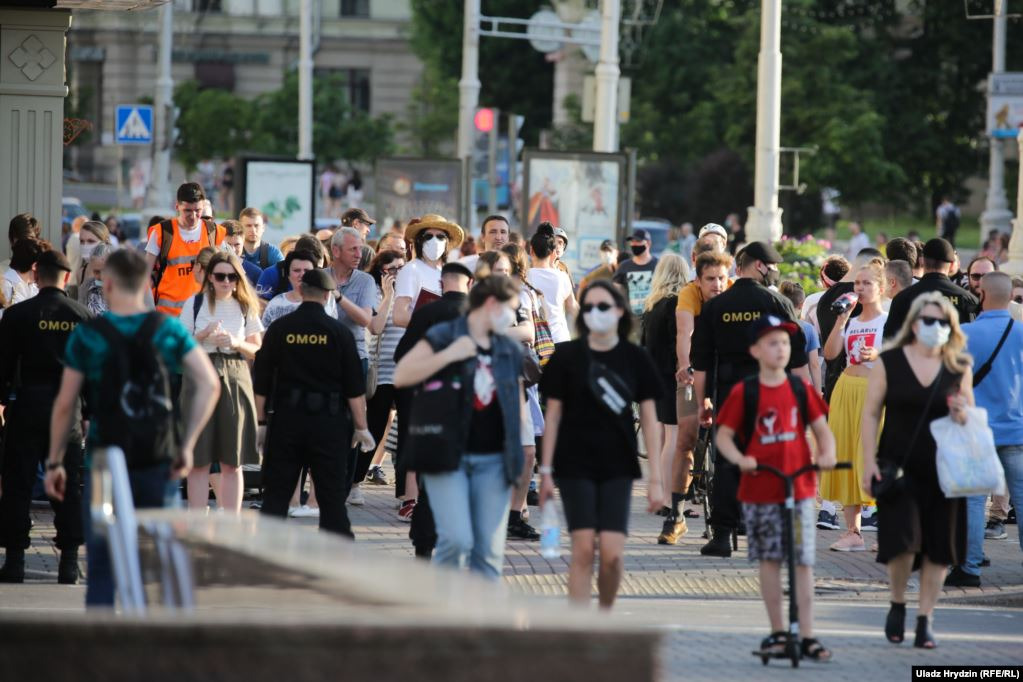
Therefore, the protest must become indefinite. There is only one way to stop it – to fulfill the demands of the protesters. The protest actions can continue every week, or on specific dates, but they must be periodic and constant. This significantly reduces the mobilization capacity of the authorities. In addition to that, constantly keeping the security forces in mobilizing and chasing, for example, flying pickets around the city is also not an easy task.This was the strength of the “Revolution through the social network” – If the authorities blocked the meeting place in advance, people simply gathered in the nearest place of mass gathering of people (mall, McDonald’s).
With the help of Telegram, it is now possible to change the meeting place literally an hour before the event – even by moving the place of the action just two quarters, you can already confuse the ranks of the security forces, because the reaction time of the bureaucratic machine is not so quick, and the protesters just need to walk for a few minutes. An example of such mobility is the spontaneous fees on avenues outside the city center which could be seen on June 19.
Tactic number 2. Wide geography
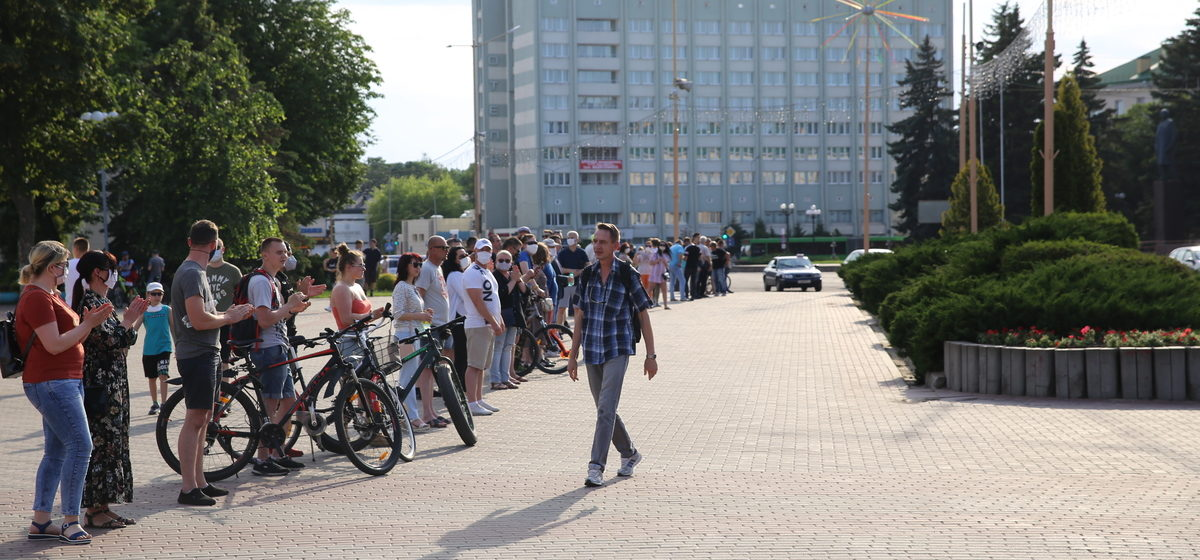
Effective protests need country distribution. This was demonstrated by the protests in 2011, the actions of non-parasites in 2017, and it can be seen even now. Security officials often do not have the physical ability to disperse a protest action of 500-1000 people in regions and regional centers. Moreover, they usually have no experience of working with a large number of protesters. Therefore, you can see security officials and equipment from the capital or other cities, in the regions, at protest actions. There is the concentration of security officials is greater in Minsk, there is an opportunity to draw up reserves from the regions, besides, the authorities are right there. If the actions take place simultaneously at different points, the Minsk cops will not be able to go to all cities for arrest, as it was in Grodno recently. Especially if the protest actions take place on the same day.
In addition to being distributed to cities, within one city a protest can be distributed to different districts, dissipate somewhere and gather again.
Tactic number 3. Lack of a leader
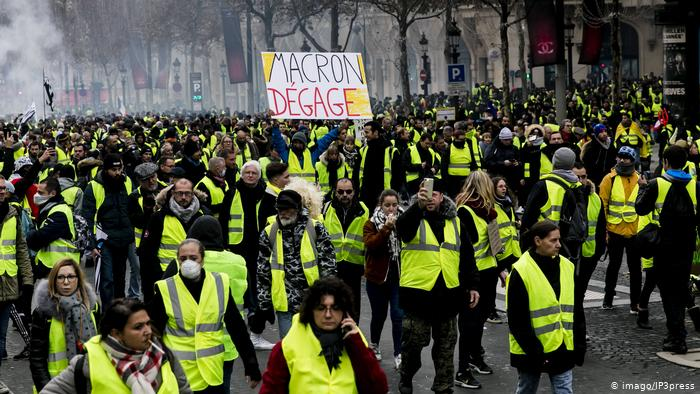
Perhaps this tactic has become apparent to everyone over the past month. Any person around, whom the protesters will gather, will certainly be repressed, recruited, or bribed. Therefore, the protest can unite around some sites in social networks (MKB, NEXTA, Country for Life), which will distribute the schedule of actions and their geography, as well as around the media. There should be several such centers of attraction for protest moods, and it is highly desirable that some of them should be outside Belarus. It’s time for us to stop counting on a leader who will come and say what needs to be done, and then his plan will fail, and he himself will be under arrest.
Belarusians now have the goal for which they don’t need a leader, it just needs each of us.
Tactic number 4. Self-defense of protesters
One of the reasons for the failure of the 2011 rally was that people did not defend themselves and did not fight each other off the cops.This resulted in a very large number of detainees (up to hundreds). One should not think that Lukashenko needs some kind of provocation with the beating of cops to disperse the actions. Neither in 2011 nor in 2017, it was not needed. It is not needed now. If it’s necessary, they will play a circus similar to the one in Grodno. It is clear that violence to “the dogs in uniform” is a serious step, especially since it can lead to a criminal case. But locking arms, blocking the cars, not letting the protesters be arrested, hold onto them – it is the minimum that we must do in order not to turn the action into a campaign to slaughter.Moreover, there have been already examples of how protesters fought off arrest attempts in Brest, Mogilev, and other cities.
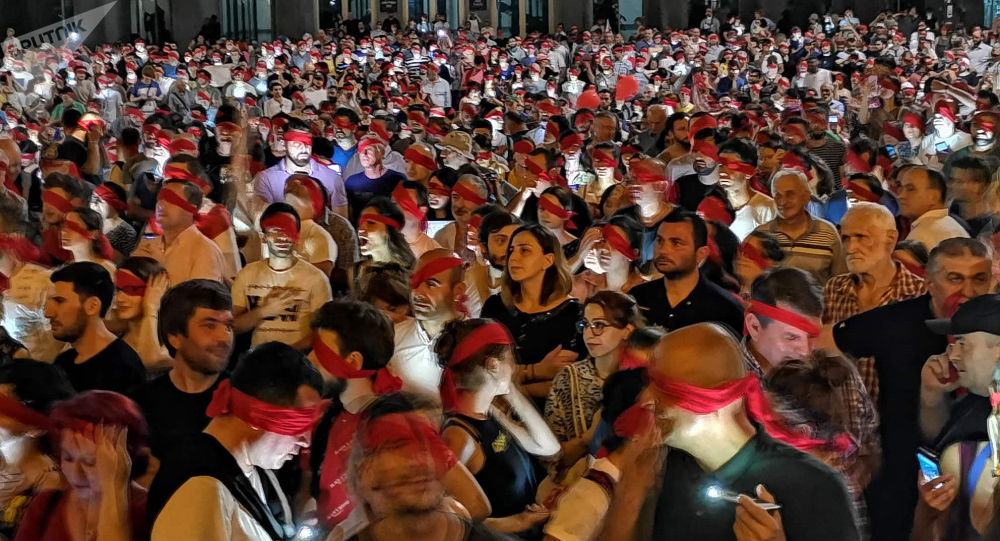
Since the cops at the rallies operate in civilian clothes, it is possible to use identification marks at the rallies to distinguish oneself from them. These can be masks with the “Country for Life” print, a yellow armband, orange construction gloves, etc. Of course, some cops will wear them too, but this will introduce into their ranks the same confusion as our citizens do. It’s time for us to stop considering any violence against bandits in uniform and civilian clothes as a provocation or something terrible.
The practice has already shown that this is often done by ordinary protesters, the same Belarusians. And this is what the authorities are afraid of, especially when such actions are approved by the protesters. The protesters in Brest and Molodechno are successfully repulsing the cops and it is worth taking an example from this. Someone will always have time to remove the moment of detention, but for the protesters, it is much more important to keep as many people as possible. The very fact of a successful rebuff to the security forces inspires the rest of the protesters.
To resist arrests, people in a crowd can lock their arms, from which it is much more difficult to pull a person out.
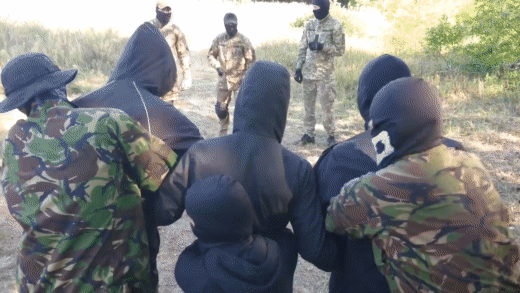
Detentions at rallies are easier to carry out in courtyards, as it has been recently in Komarovka, when people leaving the picket were grabbed one by one at the exit. Leaving the action, it is worth doing it with a group, preferably accompanied by a journalist.
So there is a higher chance of leaving and not being arrested.
Tactic number 5. Media Consolidation
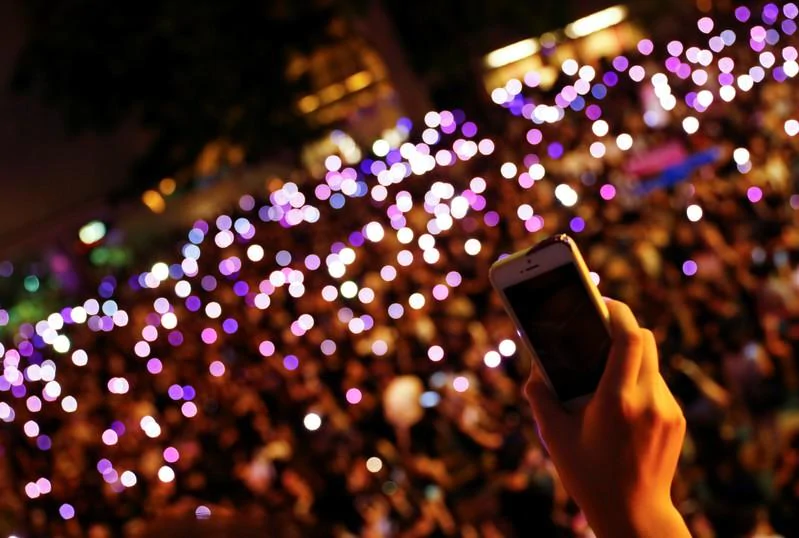
This is one of the key points. In 2017, anarchists tried to urge people to go out to rallies of non-parasites in cities where they had not yet been. And in several cities, such as Luninets and Mozyr, people took to the streets. But, in general, the appeal was ignored. Some media outlets and bloggers, for the sake of their ambitions or because of our lack of authority, boycotted this call and called it a provocation.
If this happens among large media and telegram channels, it will be difficult to collect truly massive actions. In itself, a call to go to a protest action cannot be a provocation – it does nothing bad for the protest and the protesters. Now the capacities of several of the largest telegram channels and bloggers in Belarus are enough to coordinate the campaign throughout the country. YouTube and Telegram are more difficult to control than the same VK.
Tactic number 6. Protest as a means of organizing
Taking into account the poor experience of many protesters, the absence of any coordinating structure, and the absence of a split in the security structures, one should not expect easy solutions. Of course, many people would like everything to be decided in a short time after the announcement of the election results. Hence the overestimated and naive expectations for another Ploshcha.
Allegedly, on August 10, we will wake up in the country without Lukashenko. But the real changes lie in the plane where citizens will be able to compete with the state in endurance, organization, and the ability to put pressure on the opponent’s pain points.
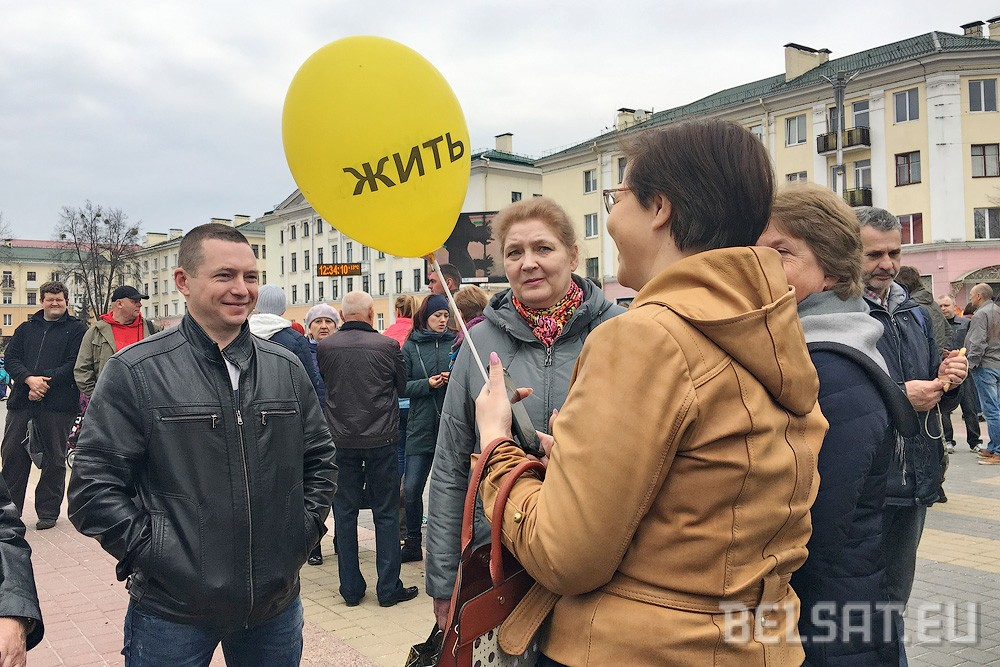
The protesters simply need structures connected not only with the site but also with trusting ties, the presence of these ties.
In the post-Soviet space and Belarus in particular, atomization and lack of trust are the reason why people often unite around some media person instead of creating horizontal structures. This problem can and should be fought. In part, this could be helped by the very events that have already been held and are being carried out now. The protesters should get to know each other, communicate, discuss tactics and strategies, intercede for each other at rallies and form stable groups of acquaintances.
A large number of people gain experience of participating in the election race. By itself, the farce with the elections gives nothing but another disappointment. But now people go beyond the established circle of acquaintances in the community, where the main topic of discussion is politics. It can have a positive effect on the activity of both civil society and the structures of the opposition to the authorities.
Tactic number 7. Without high expectations
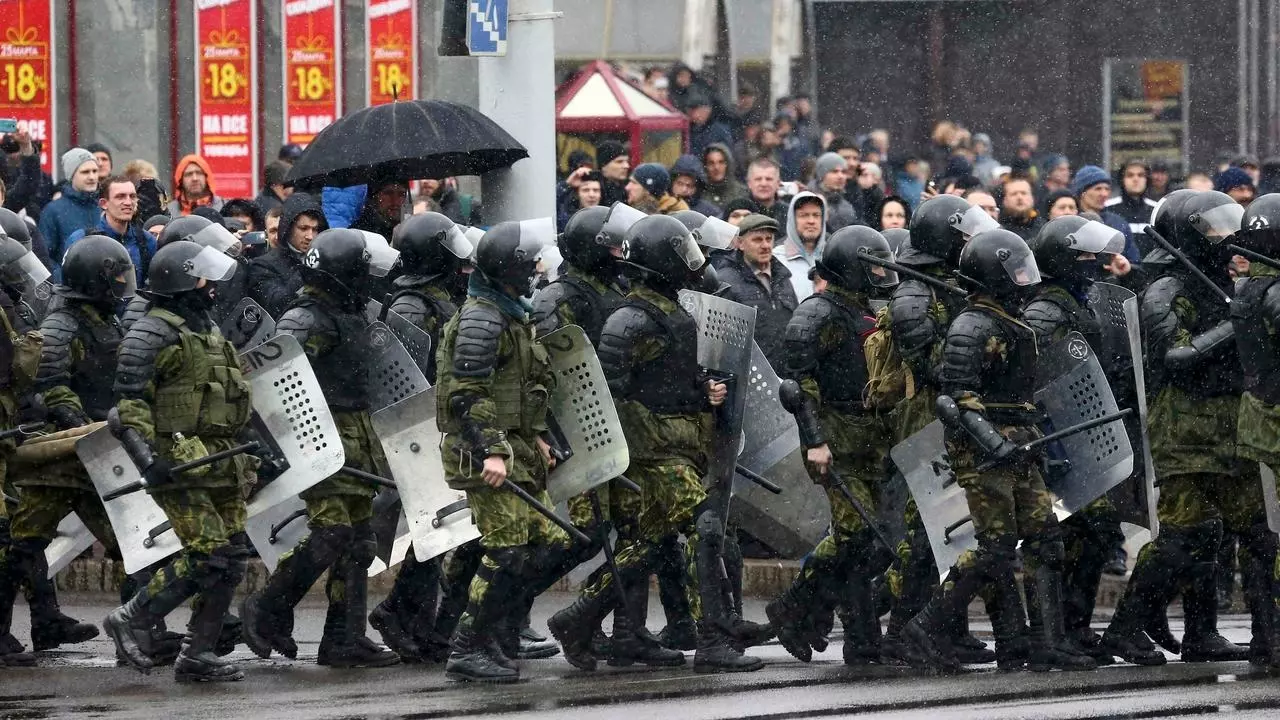
Under these circumstances, the positive effect of the influx of new people mustn’t be ultimately destroyed with severe disappointment about the results of elections and protests.It is not the first time in Belarus that a wave of enthusiasm is replaced by apathy after brutal dispersal.And most of all, overestimated expectations play a role in the negative effect.
Any protest can suddenly fizzle out or be suppressed by force. Does this prove anything? Hardly. But the very effect associated with demotivation often worsens the situation even in comparison with what it was at the beginning. Therefore, it is better, instead of calling for “one last battle” and “now or never”, to declare in advance the need for a long struggle, which can last for years.
Tactic number 8. Workplace protest
It is worth noting that a street protest has a significant disadvantage – being peaceful, it is practically unable to influence anything, and it can become non-peaceful only if the population has weapons and skills. There has not yet been observed the potential for a mass non-peaceful protest in Belarus, and a peaceful protest can be dispersed in the most brutal way. But the expanded social base of protests tells us that the state can be influenced in another way.
After all, each of the dissatisfied is not just a potential participant in street actions. But so is the employee who can influence his workplace. And unlike street protests, strikes are physically harder to fight. Suitable structures are needed for the organization of mass and especially national strikes, however, strikes can hit the state much harder than protests and rallies. Therefore, perhaps, it is in this direction that there is a reason for those who do not expect a victorious battle at the H-hour.
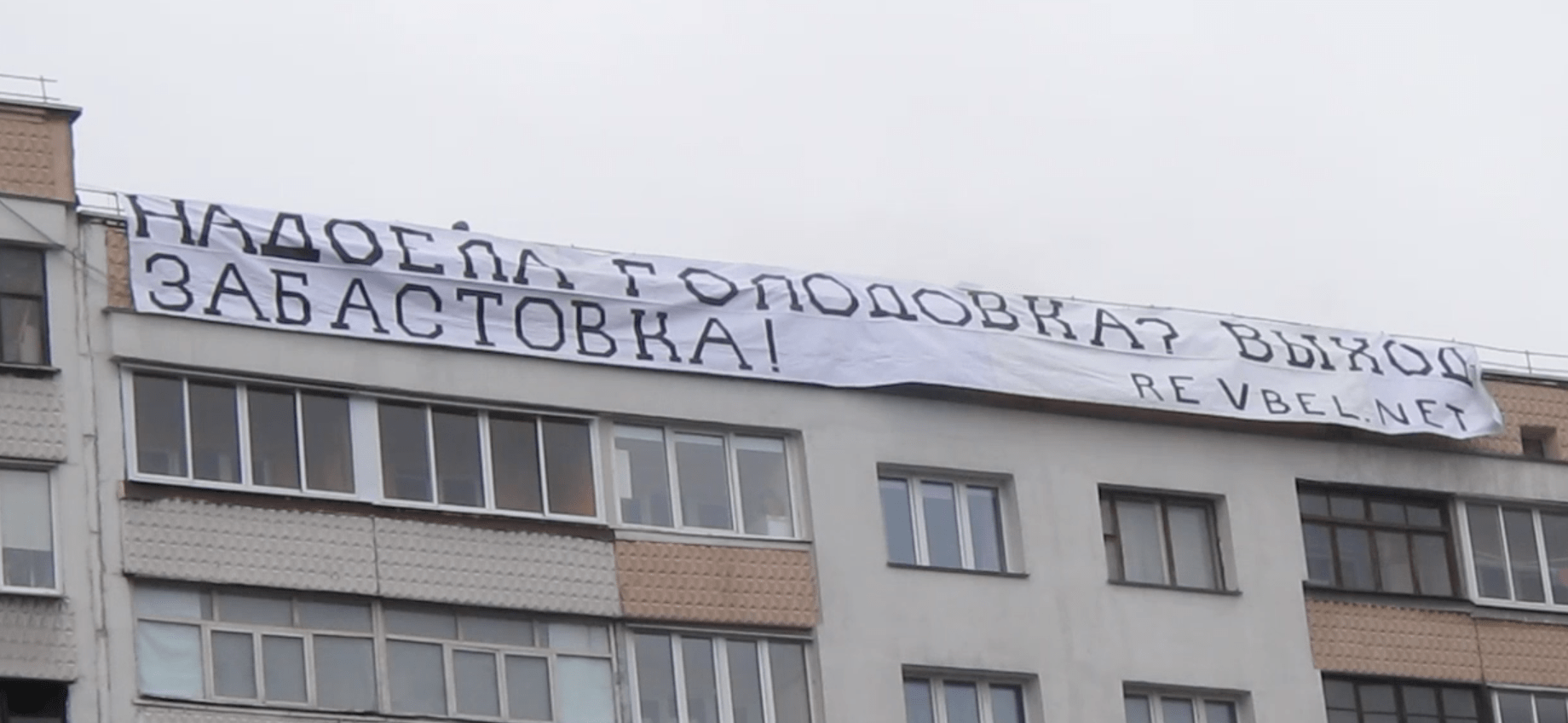
Examples of protests that achieved their goal through the mass strike movement include Polish Solidarity, the 1979 protests against the Shah in Iran.
On our site we also have materials on the strike and the way they are carried out, perhaps they will be interesting to some of our readers:
Outcomes:
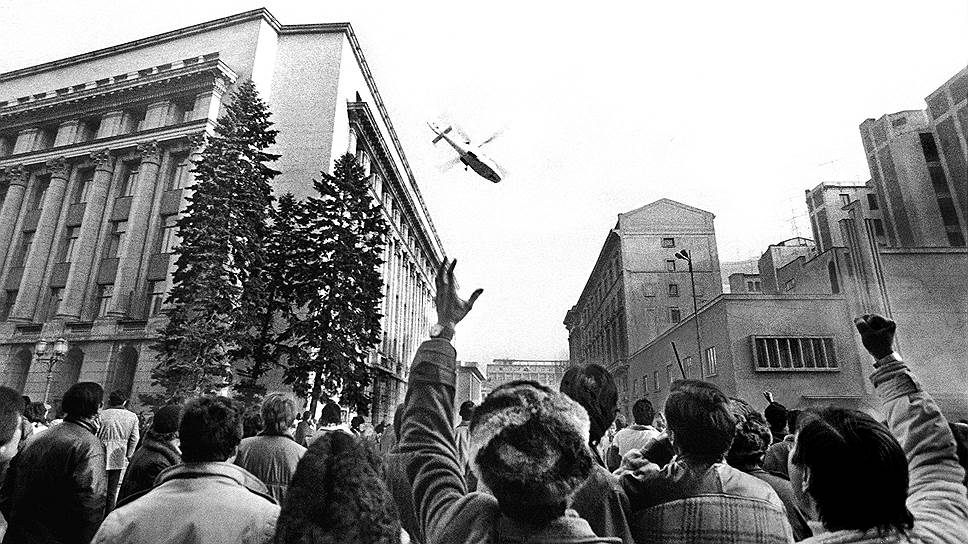
All these six tactics do not guarantee victory – nothing at all guarantees it in the current situation. There is always a risk that the half-wit Lukashenkо will give the order to shoot the protesters. Rather, it is not a risk – he will definitely give such an order when his position really shakes. A dictator, who killed for the sake of power, will do everything to preserve it. There is simply a possibility that this order will not be carried out and it will depend largely on how massive and decisive the protest will be. Now all this is impossible to predict.
But these tactics give us at least an opportunity. The opportunity to come out against the whole country and show that there is only one way out of this situation – the end of the Lukashenkо’s era.

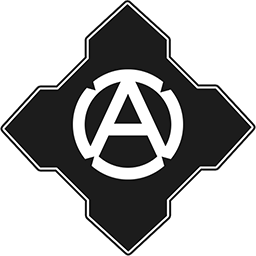
Пытаюсь составить пособие для протеста малых мобильных групп. Может есть наработки? Или статьи какие годные?